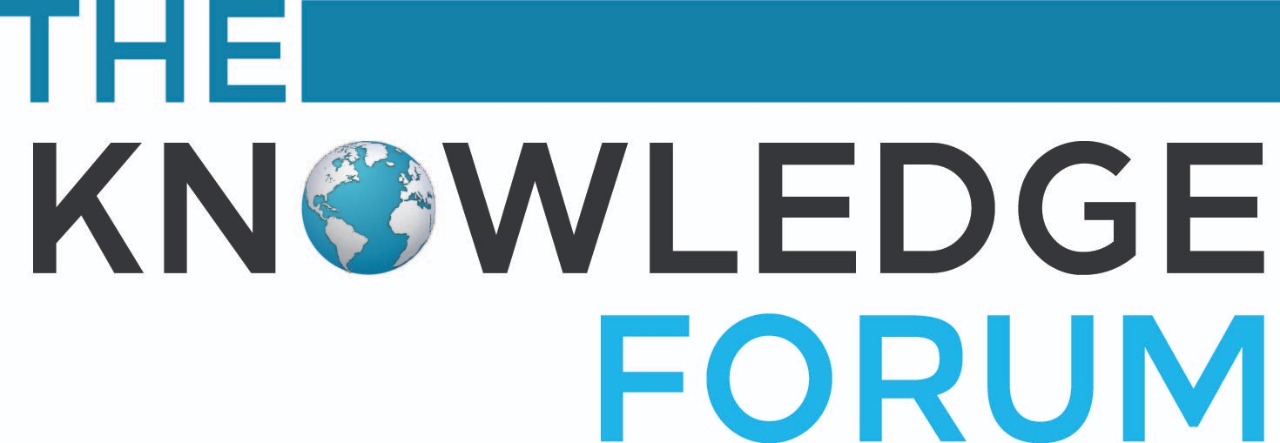Pakistan Bulletin
An up-to-date and informed analysis of key issues of Pakistan.
Breaking Barriers: Advancing Gender-Sensitive Healthcare for Women in Pakistan
November 2024
Gender inequality in Pakistan fuels a persistent health crisis. Systemic barriers, cultural norms, and inequitable healthcare access disproportionately harm women. Addressing these challenges is critical to enabling sustainable human development.
In Pakistan, only 69% of births occur with the assistance of skilled healthcare providers, with rural women facing even greater access disparities.
Programs like the Lady Health Worker initiative and telemedicine show promise in bridging healthcare gaps, especially for rural women. However, sustained investment and culturally sensitive implementation are crucial to ensuring these solutions achieve their full potential.
Pakistan’s healthcare system is at a defining crossroads. While the challenges of inefficiency, resource scarcity, and societal barriers are significant, they are not insurmountable. In investing in women’s health, Pakistan has the opportunity to ignite a revolution—one that not only reshapes the healthcare landscape but propels the country toward a more prosperous, inclusive future. The question is not if change is possible but whether we dare to rise to the occasion.
Areeba Farooqui
Author
Areeba Farooqui has a Bachelors in Economics and Mathematics from the Institute of Business Administration, Karachi.

Get the latest news and updates from our team
